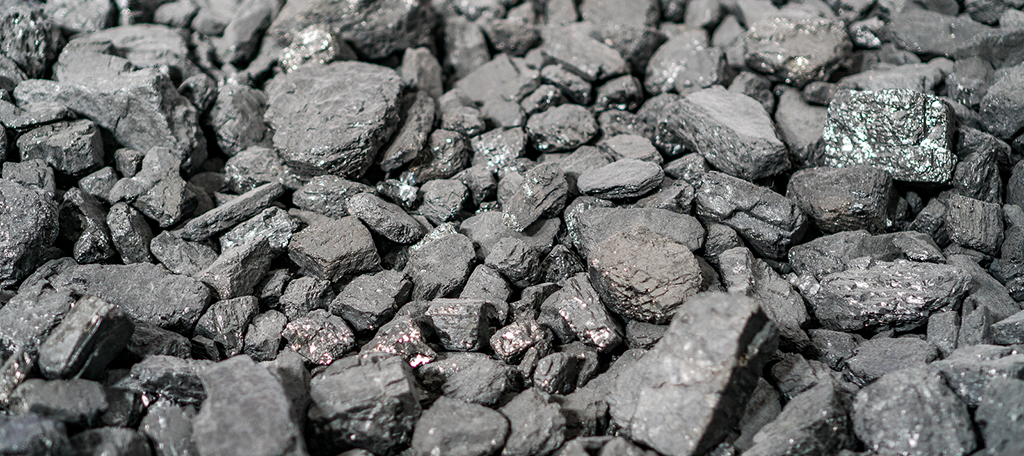For the first time since 1885, the United States has consumed more renewable energy than coal. To put this into perspective, this was when woodburning was the main way to produce energy, and hydropower was just getting started. But it’s finally happening again 135 years later.
The EIA shared this giant milestone on May 28th. Last year, we saw a 15% decrease in coal usage and an increase in renewable energy. It was also the year that saw wind power surpass hydropower, which was a big contributor to this milestone.
However, while the growth of renewable energy is truly amazing, the real reason this has occurred is the rising costs of coal. Coal plants are more expensive than renewable energy in the United States and as a result, coal has declined for the last six years.
Why Coal Is Being Retired

Coal has been the most popular energy source around the planet for decades but has only recently lost that coveted position. And it is due to multiple factors.
As I said previously, coal is more expensive than renewable energy if a country does not have a natural supply. You have to mine the coal, process it, ship it, and then store it. Where renewable energy sources are a one-time setup and only require occasional maintenance.
However, the prices have not just favored renewable energy. Instead, natural gas has become the main energy source of the world as a result of its abundance and price. It is simply a superior version of coal and even produces less carbon dioxide when burned.
Although it’s usage does lead to methane emissions that are more dangerous than carbon.
But by far the biggest contribution to the decline of coal is public opinion. For the better part of two decades, it has been highlighted as a very big polluter that could be replaced by cleaner sources.
And as the world becomes more environmentally conscious, this is the first transition it is making.
Even Power Companies Are Moving Towards Renewable Energy
Many power companies around the country are retiring their coal plants in favor of natural gas and renewable energy. With many of them moving towards zero emissions. A prime example of this is Southern Company who shared their zero-emissions goal by 2050 with the world earlier in the week.
As long as the public looks toward a cleaner future, companies will have no choice but to follow the trend. Otherwise, customers will be quick to look for companies that do.


